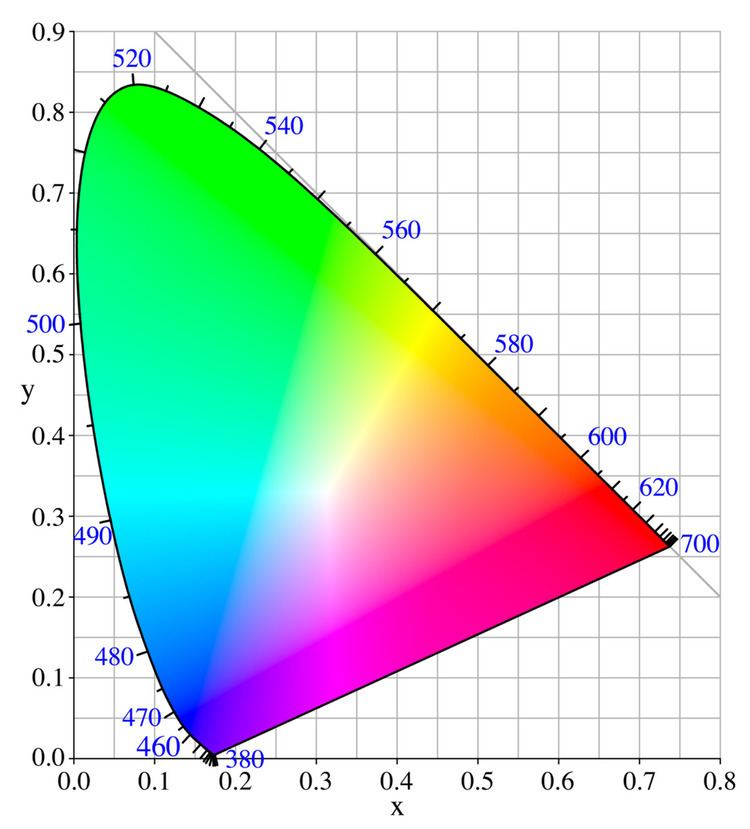Abbreviation CIE Official language English, French | Type INGO Region served Worldwide | |
 | ||
Formation 1913; 104 years ago (1913) | ||
The International Commission on Illumination (usually abbreviated CIE for its French name, Commission internationale de l'éclairage) is the international authority on light, illumination, colour, and colour spaces. It was established in 1913 as a successor to the Commission Internationale de Photométrie and is today based in Vienna, Austria. The President from 2015 is Yoshihiro Ohno from the US.
Contents
Organization
The CIE has eight divisions, each of which establishes technical committees to carry out its program under the supervision of the division's director:
- Vision and Colour
- Measurement of Light and Radiation
- Interior Environment and Lighting Design
- Lighting and Signalling for Transport
- Exterior Lighting and Other Applications
- Photobiology and Photochemistry
- General Aspects of Lighting (Inactive)
- Image Technology
Milestones
References
International Commission on Illumination Wikipedia(Text) CC BY-SA
